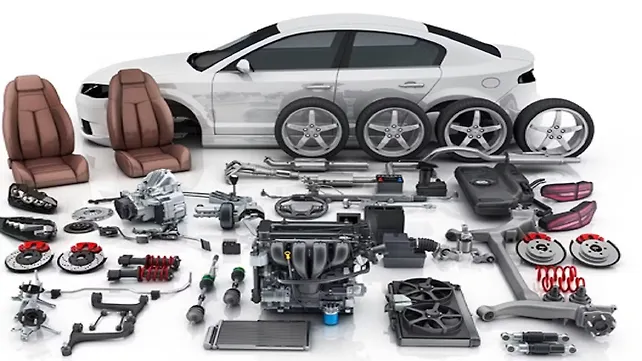
ICRA forecasts the revenue growth of auto ancillaries at 8-10% in FY23 led by stable demand and the likely easing of supply-chain related concerns in H2FY23. The agency also expects the sector’s coverage metrics to remain comfortable in this fiscal, benefitting from healthy accruals and relatively low incremental debt funding requirements.
Vinutaa S, Vice President and Sector Head, ICRA, says, “ICRA expects auto ancillaries’ revenues to grow by 8-10% in FY23, supported by stable demand as well as the anticipated easing of supply-chain related issues in H2FY23. Over the long term, premiumisation of vehicles, focus on localisation, improved export potential and EV opportunities, resulting in higher content per vehicle, would translate to healthy growth for auto component suppliers, in our view.'
In FY22, ICRA’s sample of 31 auto component companies with cumulative revenues of over INR 175,000 crore had registered a 23% Y-o-Y growth in revenues, driven by domestic OEM, replacement, export volumes and pass-through of commodity prices.
Though the growth came on a relatively low base of FY21, the actual revenue expansion was better than the rating agency’s estimates, partly because of better-than-expected exports and an increase in realisations to pass on the impact of higher commodity inflation and freight costs.
Uncertainties on the supply chain, as per ICRA, front and cost inflation resulted in auto ancillaries stocking higher inventory, with inventory levels for the sample being the highest as of March 31, 2022, compared to the last four years. Nevertheless, the working capital intensity remains comfortable, at sub-10 % levels. Capex spends of the auto ancillary sample for FY22 as a proportion of their operating income was 5.9%, lower than pre-COVID levels of more than 7.5%.